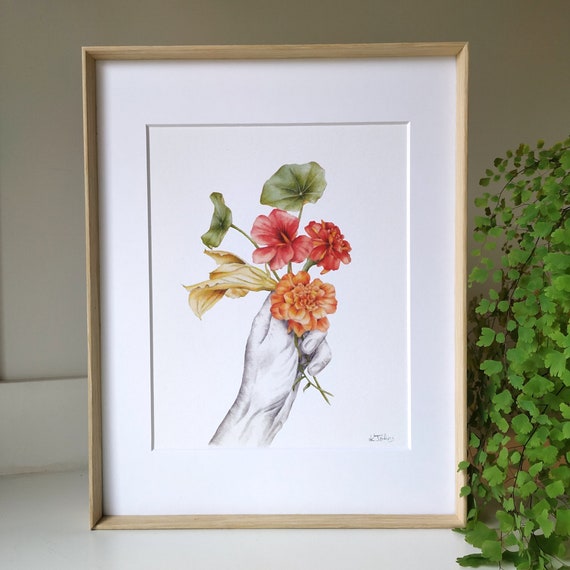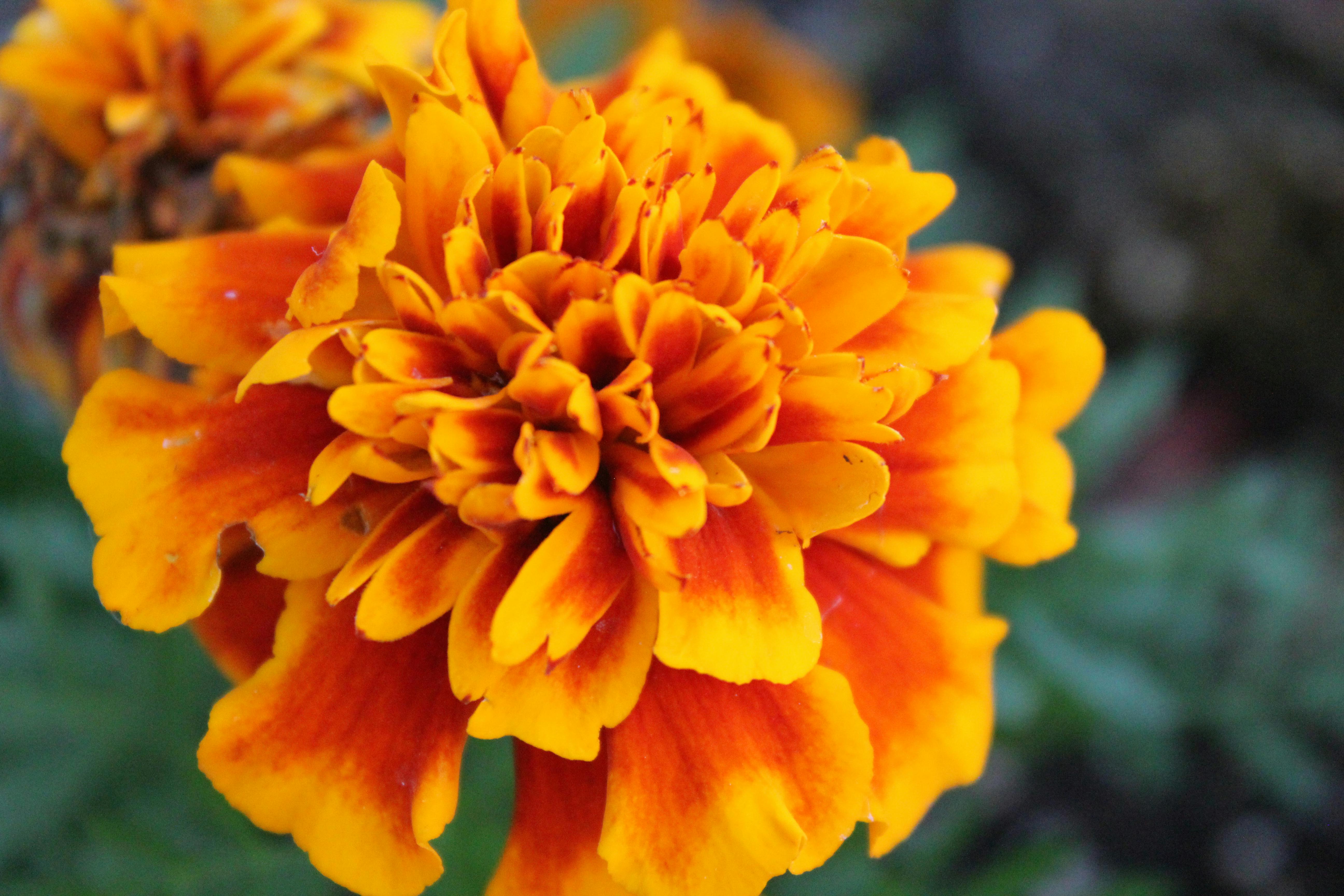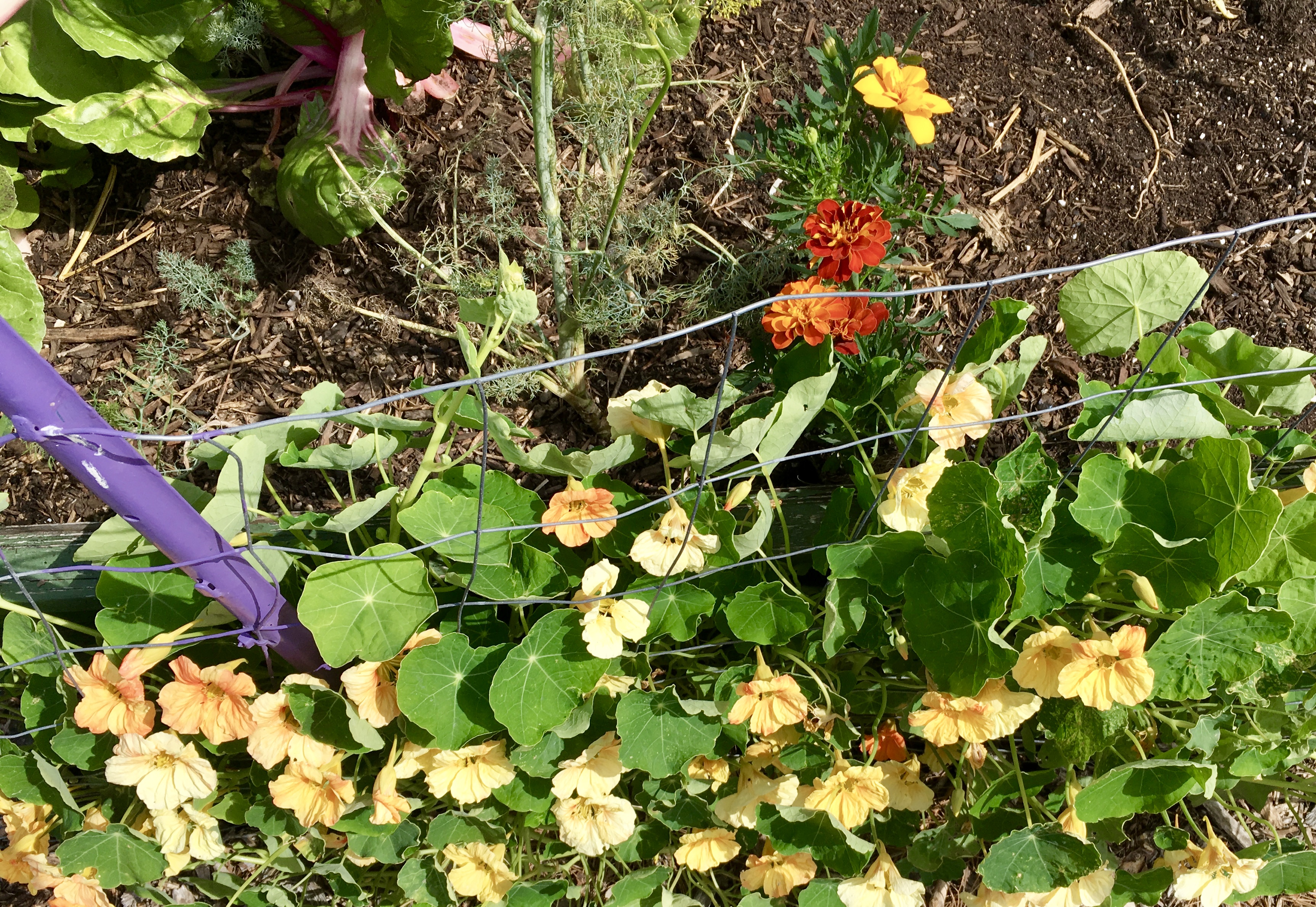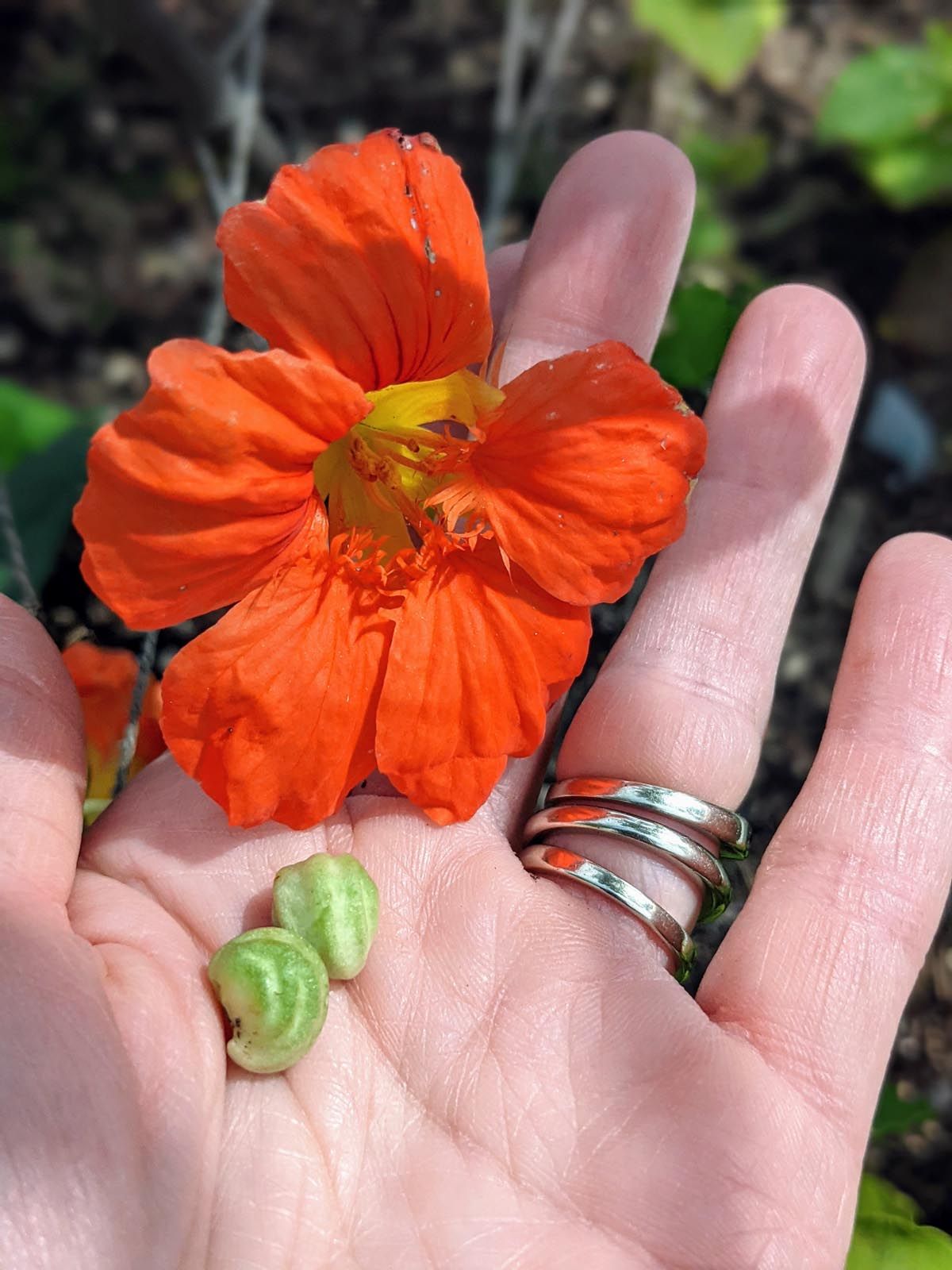Marigolds And Nasturtiums: The Perfect Pair For Your Garden
Marigolds and Nasturtiums: The Perfect Pair for Your Garden
Marigolds and nasturtiums are two of the most popular flowers for gardens, and for good reason. They are both easy to grow, colorful, and attract pollinators. But did you know that they also make the perfect pair?
Marigolds and nasturtiums have different strengths and weaknesses, which means that they complement each other well. Marigolds are tall and bushy, while nasturtiums are sprawling and tend to trail. This means that they can be planted together to create a vertical and horizontal dimension in your garden.
Marigolds also have a strong scent that can repel pests, while nasturtiums are edible and can attract beneficial insects. This makes them a great combination for vegetable gardens, as they can help to protect your crops from pests and attract pollinators.
In addition to their practical benefits, marigolds and nasturtiums are also simply beautiful flowers. They come in a wide range of colors, from bright orange and yellow to deep red and purple. They can be used to create a colorful border around your garden, or to add a splash of color to a flower bed.
If you are looking for two easy-to-grow, colorful, and beneficial flowers for your garden, then marigolds and nasturtiums are the perfect choice. They are the perfect pair to create a beautiful and productive garden.
Main Content
Here are some of the benefits of planting marigolds and nasturtiums together:
- They attract pollinators, such as bees and butterflies, which help to pollinate your other plants.
- They repel pests, such as aphids, whiteflies, and mosquitoes.
- They can improve the soil quality by adding nitrogen.
- They are edible and can be used in salads, sandwiches, and other dishes.
- They are easy to grow and care for.
Here are some tips for planting marigolds and nasturtiums together:
- Plant them in full sun.
- Space them 12-18 inches apart.
- Fertilize them regularly with a balanced fertilizer.
- Water them deeply and regularly.
- Deadhead the flowers to encourage more blooms.
Conclusion
Marigolds and nasturtiums are a great combination for any garden. They are easy to grow, colorful, and beneficial to both your plants and your garden ecosystem. If you are looking for two flowers that will add beauty, productivity, and pest control to your garden, then marigolds and nasturtiums are the perfect choice.
Marigolds and nasturtiums are two beautiful and versatile flowers that can add a splash of color to any garden. They are also easy to grow, making them a great choice for beginner gardeners.
Marigolds are known for their bright orange and yellow flowers, while nasturtiums come in a variety of colors, including red, orange, yellow, pink, and purple. Both flowers are edible, and their leaves and flowers can be used in salads, sandwiches, and other dishes.
In addition to their beauty and culinary uses, marigolds and nasturtiums also have some beneficial properties. Marigolds are known for their insect-repelling qualities, and they can help to protect other plants in your garden from pests. Nasturtiums, on the other hand, are said to improve soil quality and deter slugs.
If you are interested in learning more about marigolds and nasturtiums, I recommend visiting Gardenia Inspiration. This website has a wealth of information about these flowers, including their history, cultivation, and uses.
FAQ of marigolds and nasturtiums
Q1: What are the differences between marigolds and nasturtiums?
A: Marigolds and nasturtiums are both annual flowers that are easy to grow and care for. However, there are some key differences between the two plants.
- Marigolds: Marigolds are native to Mexico and Central America. They have bright orange, yellow, or red flowers that bloom from summer to fall. Marigolds are known for their insect-repelling properties, and they can be planted in gardens to help deter pests.
- Nasturtiums: Nasturtiums are native to South America. They have brightly colored flowers that can be yellow, orange, red, or even white. Nasturtiums are edible flowers, and their leaves and seeds can be used in salads or cooked dishes.
Q2: What are the best growing conditions for marigolds and nasturtiums?
A: Marigolds and nasturtiums prefer full sun and well-drained soil. They are both relatively drought-tolerant, but they will benefit from regular watering during hot weather.
Q3: How do I plant marigolds and nasturtiums?
A: Marigolds and nasturtiums can be planted from seed or seedlings. If you are planting from seed, sow the seeds directly in the garden 2-4 weeks before the last frost. If you are planting seedlings, transplant them into the garden after the last frost.
Q4: How do I care for marigolds and nasturtiums?
A: Marigolds and nasturtiums are relatively low-maintenance plants. However, they will benefit from regular watering, especially during hot weather. You may also need to deadhead the flowers to encourage new blooms.
Q5: What are some common pests and diseases of marigolds and nasturtiums?
A: The most common pests of marigolds and nasturtiums are aphids, spider mites, and whiteflies. These pests can be controlled with insecticidal soap or neem oil. The most common diseases of marigolds and nasturtiums are powdery mildew and black spot. These diseases can be prevented by planting in well-drained soil and avoiding overhead watering.
Image of marigolds and nasturtiums
5 different images of marigolds and nasturtiums from pinterest.com:
- Image 1: A beautiful bouquet of marigolds and nasturtiums in a vase. The marigolds are a deep orange color, while the nasturtiums are a bright yellow color. The flowers are arranged in a cascading pattern, and the vase is a simple glass vase.

- Image 2: A close-up of a marigold flower. The flower is a deep orange color, with a yellow center. The petals are slightly ruffled, and the flower has a strong, earthy scent.

- Image 3: A cluster of nasturtium flowers. The flowers are a bright yellow color, with orange centers. The petals are trumpet-shaped, and the flowers have a slightly peppery scent.
- Image 4: A garden bed with marigolds and nasturtiums growing in it. The marigolds are a deep orange color, while the nasturtiums are a bright yellow color. The flowers are arranged in a cheerful, informal pattern.

- Image 5: A child's hand holding a marigold and nasturtium flower. The child's hand is small and delicate, and the flowers are large and colorful. The flowers are a symbol of childhood innocence and happiness.

Post a Comment for "Marigolds And Nasturtiums: The Perfect Pair For Your Garden"